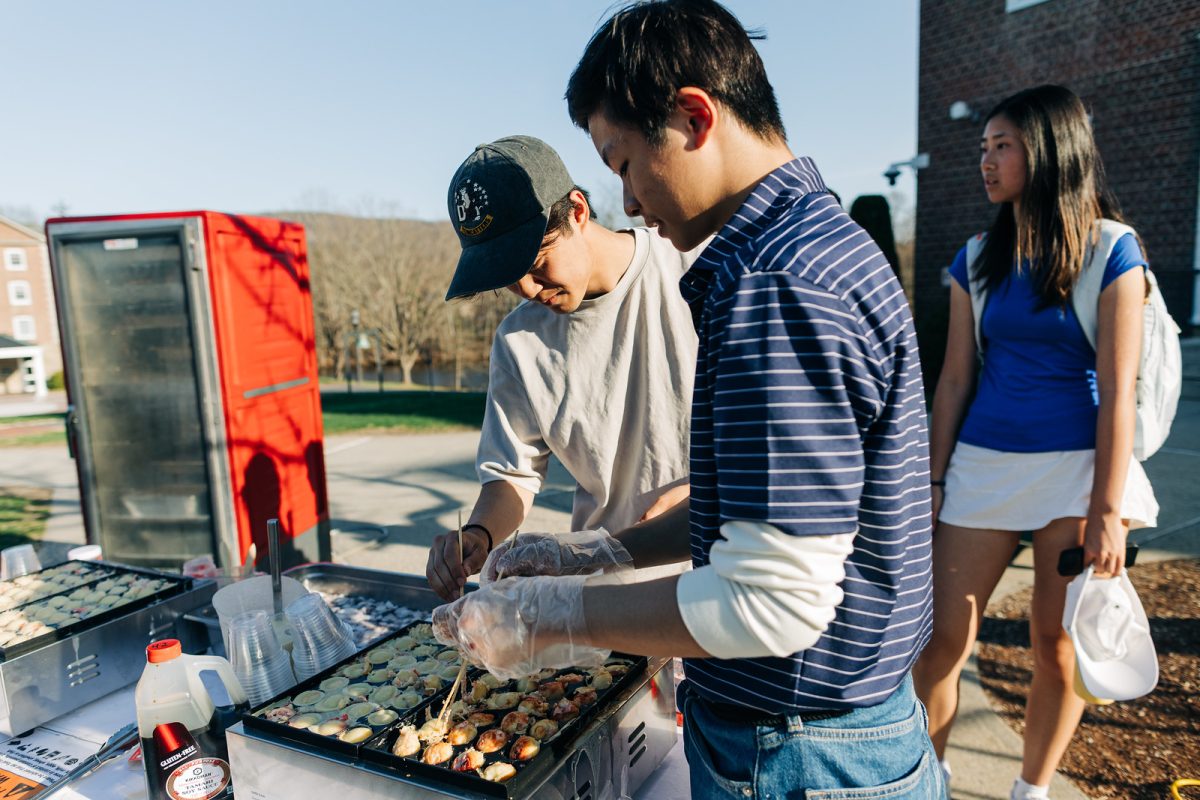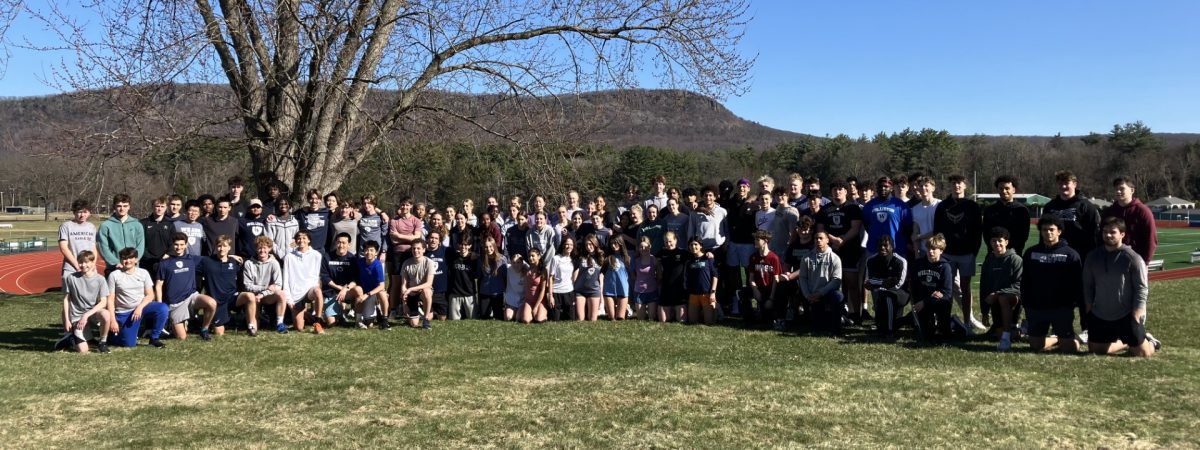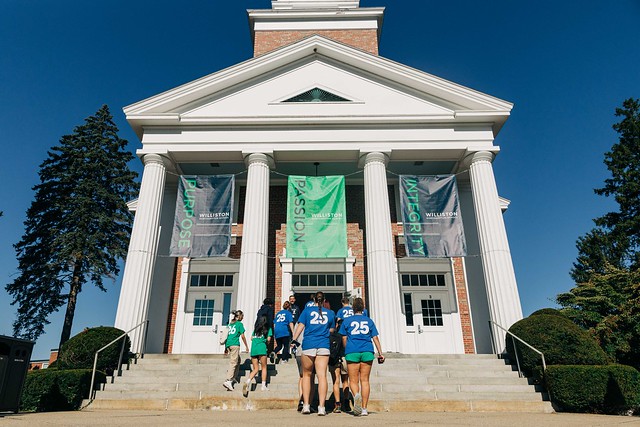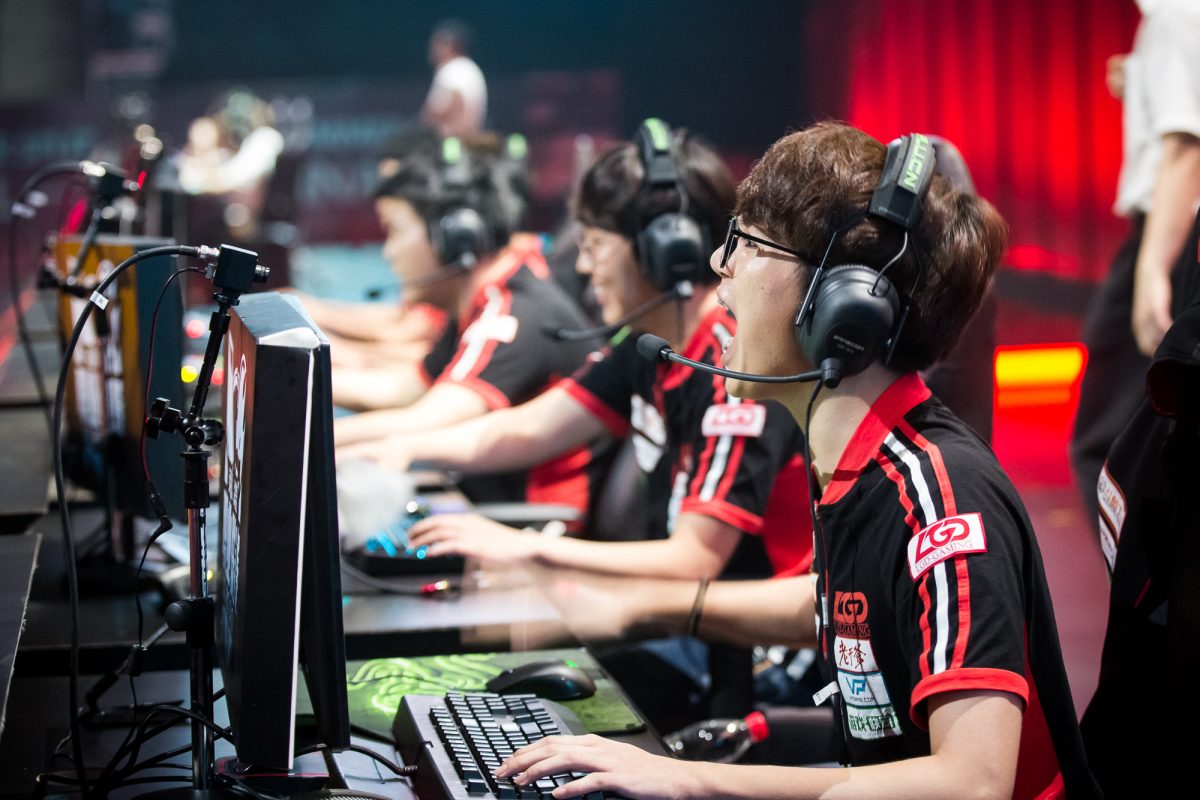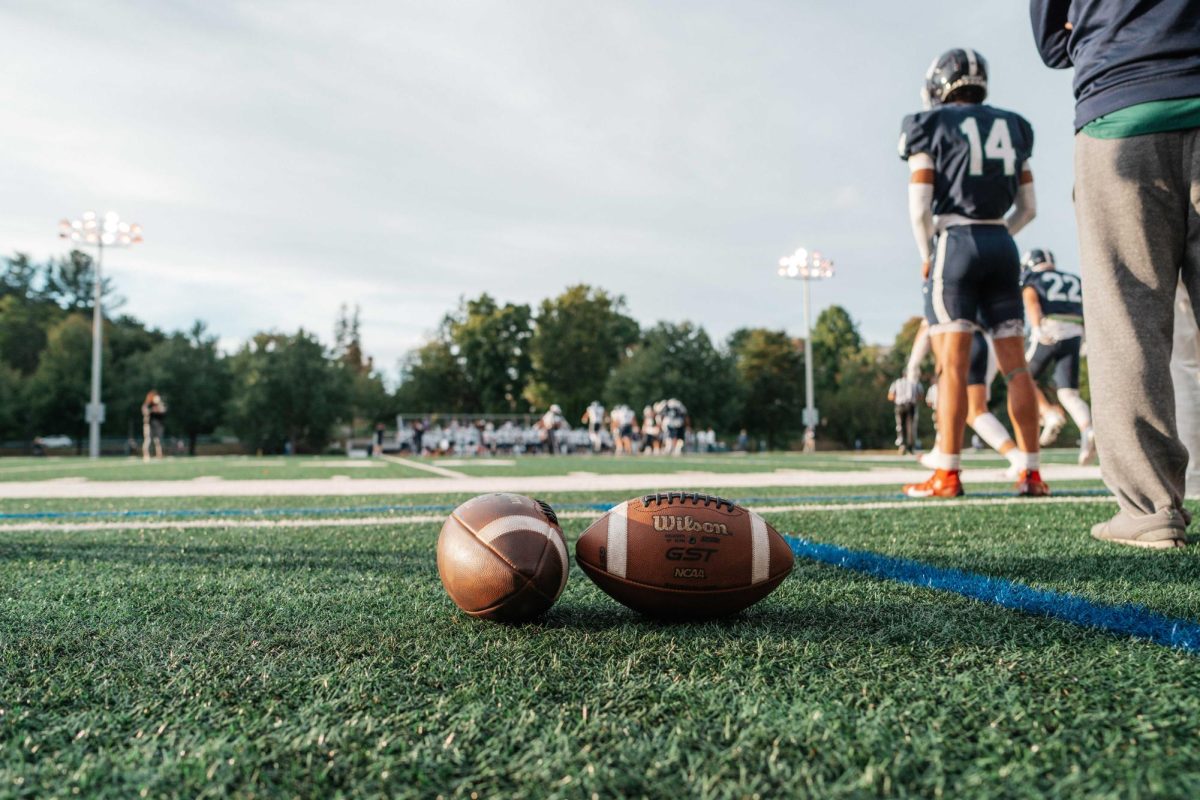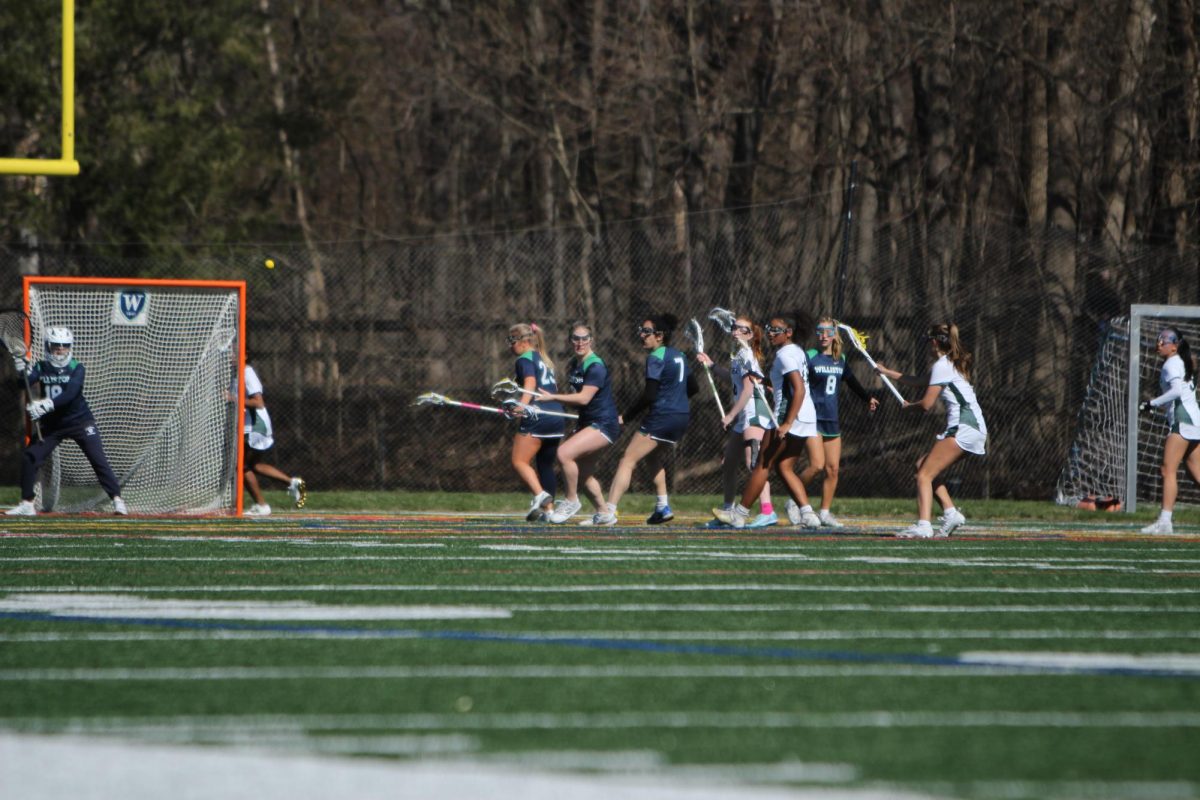Athletic Performance is a vital, coveted program for the off-season athlete.
As gritty athletes manipulate barbells and dumbbells, the man running the show possesses more than a black whistle and bright persona. Athletic Performance, or AP for short, is a one-season option for athletes out of season to ramp up physical demands before or after a stressful season; athletes are only allowed to participate in the program once per year.
Pumping iron is nothing new for Williston’s Head of Strength and Conditioning Blayne Lapan. His perspective around workouts to supplement sports, though, changes constantly. Integration of the Athletic Performance program was quite complicated, and while Lapan officially started at Williston in 2014, his rise to becoming one of the most vital members of the athletic department was far from easy.
One of Lapan’s graduate requirements from Springfield College was a part-time internship at strength and conditioning facility. Working for Conca fitness under Williston’s original contracted Head Strength Coach Justin Geyer, the emergence of the strength program was a just a fitness class, open only to seniors.
“They could work out in the gym or do some cardio, but it was not run by a certified, educated strength and conditioning coach,” said Lapan.
Lapan started with Conca fitness with an introductory period, working with the Williston softball and baseball kids “a little bit, doing dynamic warmups, etc.,” in the 2012-2013 academic year.
Geyer was the first official strength coach to come at Williston during the 2013-2014 academic year. Geyer taught science and lived in Ford, according to Lapan. His tenure only lasted for under a year, as he took a job as the Assistant Head of Strength and Conditioning at the University of Maryland, and recommended Lapan as his replacement. The following year, [former Athletic Director ] Mark Conroy called Lapan and offered him the job. Lapan was still part of the athletics department, but was part-time, and worked three jobs in Easthampton.
It was a one group in the fall and one group in the winter “kind of deal” for Lapan while he figured out his position at the school. Lapan’s role in the athletic department and in the Williston community has grown over the years. AP’s role has expanded from a “very elementary stage to what it is … now a part of our recruiting conversation,” Lapan said.
Only a part of the puzzle, Lapan’s background was eye-opening.
Of his belief toward the current state of AP, Lapan said. “[playing multiple sports] gets you better at dealing with stressful situations … that is life … it’s the ability to see them for what they are and move forward … there’s no doubt that multiple seasons of strength and conditioning can provide value, but the question is how much value?”
Individuals cut from a sport are joining already-packed AP sessions. The problem resides slightly with the emergence of the spring season, with many athletes—especially football players—who have opted for spring Track and Field, wanting to participate in an intensive program again after participation in the winter. Many students wish to participate again, but the weight room capacity does not allow for individuals to repeat the program in the same academic year.
Lapan acknowledges the allure of a second AP session in the same academic year, but believes “it’s part of our culture” to play at least two sports.
Williston also does not possess the same numbers that peer institutions have, so there is a necessity to fill sports on most spring team’s rosters. Lapan emphasizes the importance of playing multiple sports, citing prevention in overuse injuries and a completive spirit that no lifting, sprinting, or jumping exercise could ever emulate.
He added, “in last year’s Super Bowl or two years ago, they did a study [that found] 97% of the [players] competing in the Super Bowl were multisport athletes, right? There is nothing that will make you as athletic as playing multiple sports.”
With the Super Bowl example in mind, perhaps the idea of pursuing a second trimester of AP in the same year is not in the best interest of the athlete.
Even with plausible reasons and ways to create a second AP trimester for a select few, Williston just may not have the space or time. The strength program is already limited by financial resources. Another solution, suggested by Lapan, is to have official workouts during the academic year.
Lapan’s enthusiasm is admirable, clear with every “give me one…give me two…give me three,” the call to attention Lapan uses to start every lift session. Drastic changes might have to be made for AP to be included during the day, but the question resides: does Williston want to further its commitment to athletics, or would a change signal leaning away from academics?





